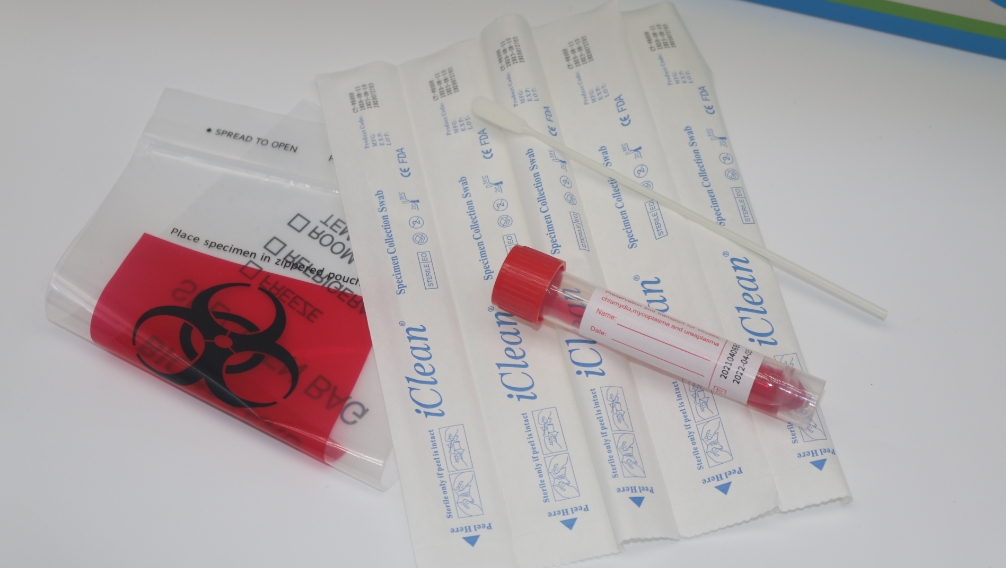What is VTM? 3 uses for VTM swab and viral transport tube
5812The full name of VTM is Virus Transport Medium, which is mainly used for collecting, transporting and storing biological samples.
View detailsSearch the whole station Pandemic Supply
A virus sampling tube is a container used to collect human samples (such as nasopharyngeal swabs, oropharyngeal swabs, etc.) and preserve virus samples.
I. Main components
It usually consists of a tube body, a cap, and preservation fluid.

II. Usage method
When performing virus sampling, a specific sampling swab is used to collect human samples, and then the swab is placed in the virus sampling tube. The swab stick is broken to leave the swab head in the preservation fluid. Finally, the cap is covered to complete the sampling.
III. Application scenarios
It is widely used in medical and health institutions, disease prevention and control centers, inspection and quarantine institutions and other places for the detection and monitoring of various viruses such as the novel coronavirus and influenza virus. It plays an important role in large-scale nucleic acid testing, epidemic prevention and control, and disease diagnosis.
The full name of VTM is Virus Transport Medium, which is mainly used for collecting, transporting and storing biological samples.
View detailsvtm swab kit In the field of medical diagnostics, accurate and efficient sample collection is crucial. VTM (Viral Transport Medium) swab kits have become indispensable tools for the collectio...
View detailsWe value your privacy We use cookies to enhance your browsing experience, serve personalized ads or content, and analyze our traffic. By clicking "Accept All", you consent to our use of cookies.
Our Privacy Policy